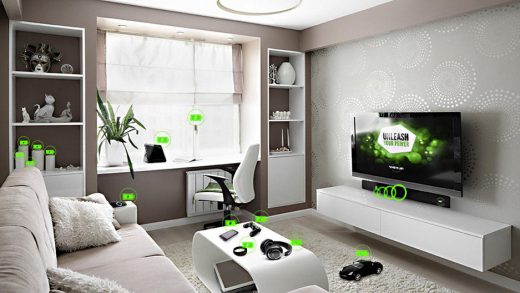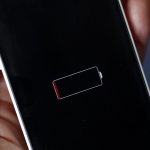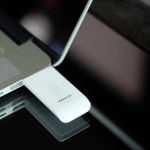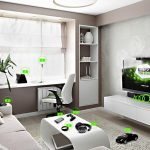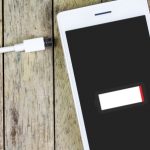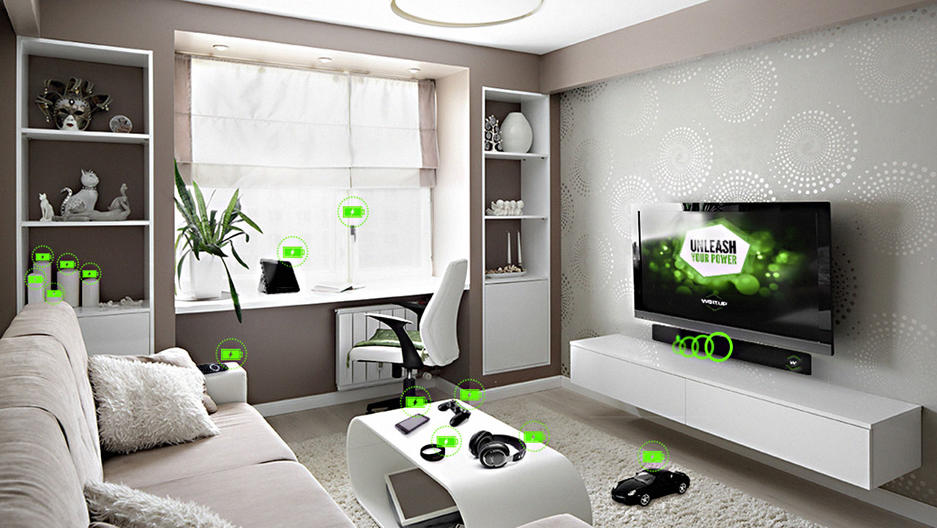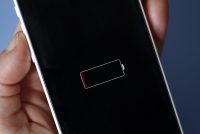Wireless Charging Startup Energous Is Teaming Up With Apple Supplier Dialog
Energous, the company long rumored to be working with Apple on long-range wireless charging for the iPhone, has taken on an important partner that might open doors for it in the future.
Last month Energous took a $10 million investment from the power management chip maker Dialog Semiconductor, which makes the bulk of its revenue supplying. One source told me that as much as three quarters of Dialog’s business is with Apple.
Overall, though, Dialog makes chips for lots of different products, including wearables, mobile devices, and internet of things (IoT) devices. Aside from its power management chips, it sells Bluetooth and audio chips for wearables and smartphones, among other things. Dialog also makes chips for fast-charging systems for mobile devices.
But Dialog is anything but a passive investor. The chip fabricator is also folding Energous under its wing in some important ways.
“We’re actually transferring all of our silicon operations to Dialog,” says Energous CEO Steve Rizzone. “All the Energous technology will be sold under the Dialog branding and all sales orders will be going through Dialog. It’ll take us about 90 days to do all that,” Rizzone said.
In other words, companies that want to buy the Energous wireless charging technology may never see the Energous brand. It’ll be just like they’re buying wireless charging technology from Dialog.
Apple Opportunity?
People have long speculated that Energous is working with Apple on putting its WattUp RF charging tech inside the iPhone. It stems from Energous’s statement that it signed a development and licensing agreement in February 2015 with “one of the top consumer electronic companies in the world” to integrate the WattUp technology into the partner’s “consumer devices.”
The statement may or may not refer to Apple as the partner, and the Dialog investment is certainly no proof of such an arrangement. But if Energous were trying to get into a position to supply technology to Apple, it couldn’t have made a better move than tucking itself under Dialog’s wing.
If Apple were to build a long-range wireless charging receiver into the iPhone it would very likely have to integrate with Dialog’s power-management chip in the iPhone.
On its own, Energous is probably too small to be an Apple supplier. Apple suppliers have to be large enough to reliably supply parts at Apple’s huge scale. Dialog obviously already has that capacity. With the Energous technology basically being folded into the Dialog structure, all of a sudden Energous has it too.
And then there are the relationships. Dealing with Apple, any supplier will tell you, is a special dance. You have to understand how Apple works, how it negotiates, and what it demands. That understanding can take years to build. Energous can now use the experience of Dialog’s people.
And to take the speculation one step further, building in the Energous technology—if it works well—just seems like something Apple would do. Who doesn’t set their iPhone down on the desk next to their Mac when it’s time for some sit-down work? It’d be great if the phone could just charge up automatically while it’s sitting there. That’s a scenario that Energous tech could make happen, if Apple were to turn Macs into wireless charging stations for iPhones.
In the lab, at least, Energous has been making progress with its system’s design and range. At CES earlier this year, the company demonstrated technology that sends power from a USB device plugged into a laptop to mobile devices nearby.
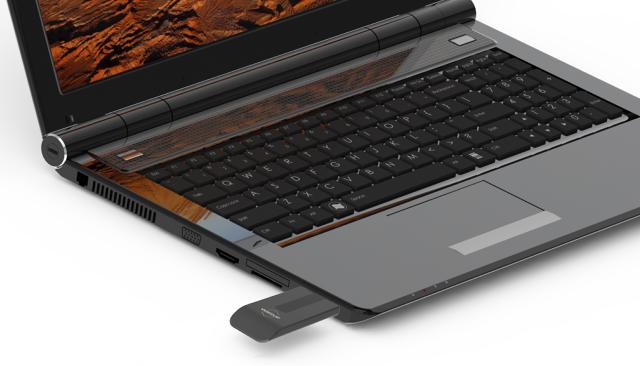
Now Energous is talking about embedding the receiver inside the device. “WattUp uses small form factor antennas that are formed using the existing device’s printed circuit board, removing the need for larger, more expensive coils,” the company explains in a statement. “This enables broader adoption of wireless charging in a larger range of battery-powered devices, such as smartphones, tablets . . .”
Apple has managed to stay up to speed with its smartphone rival Samsung in most areas, but it hasn’t built any form of wireless charging into the iPhone. And wireless charging of the sort that Samsung has incorporated—the kind where you have to sit your phone down on a pad and then plug in the mat—is old news. Apple is more likely to add wireless charging when it can do it in some new way. And the long-range charging Energous is developing could be a major advance—if it works, safely, every time.
Can It Scale?
Energous, which was founded in 2013, reported a net loss of $21.1 million during the first half of 2016, and the loss of another $10 million in the September-ending quarter.
The company says it has $25 million in cash on hand and no debt. It spent $7.5 million on research and development during the first half of the year.
Even with Dialog’s help, the Energous technology itself has never been proven to work reliably at scale. It’s made a couple of impressive showings at CES, but hasn’t been deployed in any large trials.
Sending energy over the air is, in general, difficult. One source told me that wireless charging is by nature very inefficient, meaning that lots of energy gets lost in the air between the transmitter and the receiver. And the greater the distance between the two, the more power that’s lost. The only way to make sure enough power is making it to the receiver is to pump up the power output of the transmitter, the source said, and there are limits to how far you can push such an approach.
Energous is working on technology that can charge a device 15 feet away from the transmitter. But that’s not likely the type of solution the company will go to market with first. Even charging a device sitting just a few feet away seems far more worthwhile than the kind of wireless charging that involves a plug-in mat.
Rizzone says he expects Energous’s technology to begin shipping in real products in the second quarter of 2017. The tie-up with Dialog, he says, was spurred by the two companies’ common interest in the wearables and IoT markets. “Dialog has already released a bunch of Bluetooth and power management chips into those markets, and this is where we want to play,” he explains.
Naturally enough, Rizzone wouldn’t comment on the idea that his company is getting itself in a position to do business with Apple.
Fast Company , Read Full Story
(20)

